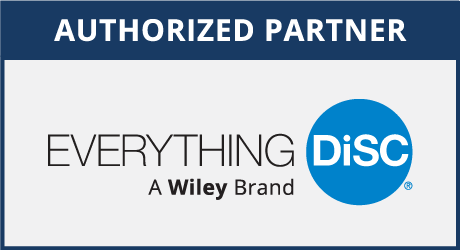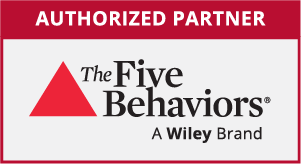At the beginning of every leadership development seminar or workshop, I always ask the participants to share with me their greatest challenge. This helps me to customize the content and deliver information that is relevant.
While a few people mention specific skills they want to develop (i.e., give better feedback, conduct performance reviews, improve coaching, etc), most managers come to the workshop wanting to know how to fix the negative behaviors of their team. They are looking for strategies to make their team more motivated, to take more ownership, be more accountable, to change bad attitudes … just to name a few.
The following are 5 “old school” strategies that often generate the biggest problems for leaders and their teams.
- STOP focusing on their weaknesses! It is impossible to nurture a high-performing team when the leader points out everyone’s flaws and weaknesses. We all have them. A more effective strategy is to build a team that complements one another’s strengths and fills in their areas of weakness. Consider giving your team the StrengthsFinder 2.0 assessment so you can clearly understand the unique strengths and contributions of each member of your team and then ask them for their ideas on how they could better leverage their strengths within their day-to-day work. You might actually be surprised by their ideas to drive organizational performance!
- STOP trying to command and control them! This management style creates a team culture where they quickly learn to only do exactly what they are told. Nothing more; nothing less. Instead of giving them strict guidelines to follow, take time to define success for the project or assignment, set clear expectations (including a deadline), and then offer your support along the way. Once you’ve defined what matters, they can bring their best experiences, talents, and ideas to complete the project and … you have set the groundwork for accountability. When you give your team a chance to bring their best work, everyone wins!
- STOP giving them negative feedback! The purpose of giving feedback is improved performance. However, there is no way you can undo negative performance that occurred in the past. What you can do, however, is focus on the positive behaviors or outcomes you want them to continue, as well as the behaviors or outcomes you want them to change … in the future. Focus on what you want rather than what you don’t want. A slight shift in how you deliver the feedback can make all the difference in the world. So try giving feedback that is specific, future-oriented, and has a positive, encouraging “tone.” It will result in a team that feels confident and motivated to do more.
- STOP being so critical! As a “Maximizer,” my personality is wired to spot opportunities of untapped potential. Earlier in my career, someone would come in my office proud of their 98% success story and I quickly zeroed in on the 2% opportunity where we could have done better. While that is strength of mine, I did not use it effectively and it resulted in a team that felt their efforts were never good enough. Once I understood the negative implications of my behavior, I made a commitment to them, and myself, to always take time to acknowledge, value, and celebrate individual and team wins. This small change (in my behavior) quickly resulted in a team that was happier, confident and more engaged.
- STOP ignoring the rotten apples! We must stop rotten apples simply because dealing with it makes us uncomfortable. A rotten apple is a deadbeat, downer, or just simply a “jerk” (to say it nicely). Unfortunately, they have the capacity to bring down performance 30-40%. If you have a rotten apple on your team you must “fix them or toss them,” but do not ignore them! To address a rotten apple, simply have a direct conversation about the need for performance improvement. Make sure their performance expectations have been clearly established and communicated. Ensure the goals are realistic and have a timeline associated with them, along with consequences if the person fails to meet those expectations. Check with HR if necessary and Document, Document, Document!
As the leader, the one your team looks to for direction, the way you act and interact makes a difference. Instead of dwelling on “their behavior” as the problem, I propose you examine what you are doing and think about using different strategies that could influence a more positive, mutually-beneficial outcome.




